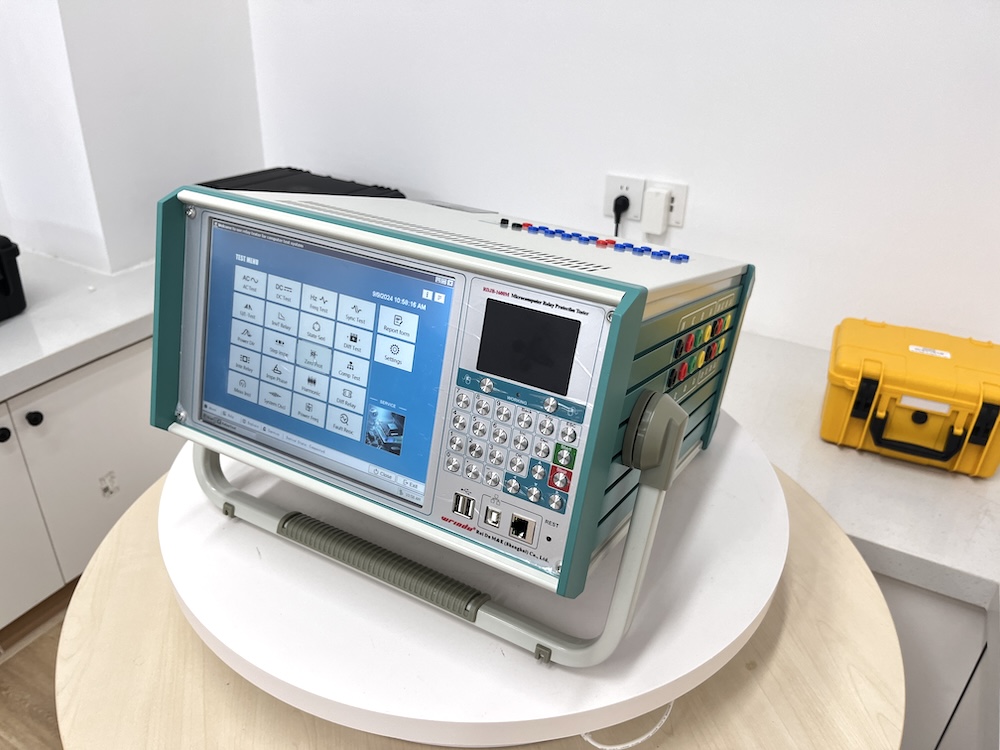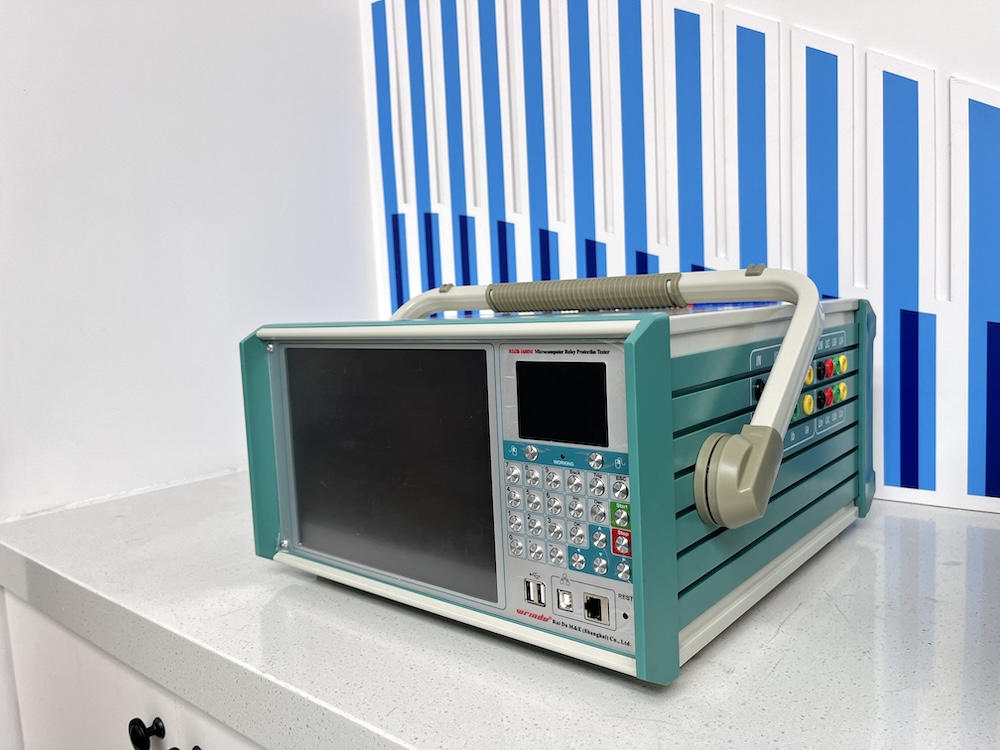What faults can the microcomputer relay protection tester detect?



As power systems become more complex and intelligent, the accuracy and reliability of relay protection devices have become particularly critical. As a core tool for testing the performance of these devices, the functionality and accuracy of microcomputer relay protection testers are crucial to the safe operation of power systems. The following is an in-depth analysis of the faults that microcomputer relay protection testers can detect:
1. Single-phase grounding fault detection
The microcomputer relay protection tester can accurately detect the response speed and accuracy of the relay in the event of a grounding fault by simulating a single-phase grounding fault. This detection is not limited to simple action verification, but also includes a detailed analysis of the grounding resistance, the amplitude and phase angle of the fault current, to ensure that the relay can quickly and accurately isolate the fault point when a real grounding fault occurs, and ensure the continuous power supply of the power grid.
2. Phase-to-phase short-circuit fault detection
In phase-to-phase short-circuit fault detection, the tester can simulate different types of short-circuit faults, including two-phase short-circuit and three-phase short-circuit. Through these simulations, the action characteristics of the relay when the short-circuit current rises sharply, including the action speed and selectivity, can be fully evaluated, thereby ensuring that when a short-circuit fault occurs, the system can effectively isolate the fault and reduce the impact on the power grid.
3. High-frequency protection test
The high-frequency protection test focuses on detecting the performance of the protection device in a high-speed communication environment. The microcomputer relay protection tester can simulate the attenuation and interference of high-frequency signal transmission, and evaluate the anti-interference ability and action accuracy of high-frequency protection in a complex electromagnetic environment, which is crucial to ensure the protection performance of long-distance transmission lines.
4. Positive and negative short-circuit fault detection
When detecting positive and negative short-circuit faults, the tester not only verifies the action direction of the relay, but also involves accurate verification of the direction element. This detection ensures that the relay can correctly select the action logic according to the fault direction in the bidirectional power supply system, avoid misoperation, and improve the reliability of protection.
5. Whole group verification test
The whole group verification test is a process of comprehensive detection of the entire relay protection system. The microcomputer relay protection tester can simulate various fault scenarios, verify the coordination and coordination between protection devices, and ensure that in the case of multiple faults or complex faults, the protection system can correctly operate according to the preset logic to maintain the stable operation of the power grid.
6. Reclosing switch synchronization and post-acceleration time test
In the reclosing switch synchronization and post-acceleration time test, the tester can accurately measure the time parameters of the reclosing operation and evaluate the synchronization and acceleration performance of the reclosing function. This is of great significance to ensure that the system can quickly restore power supply after the fault is removed and reduce the power outage time.
7. Relay working state test
The microcomputer relay protection tester can perform detailed inspections on the working states of various relays, including but not limited to the starting characteristics, holding characteristics and release characteristics of the relay. These tests help to discover potential problems that may exist in the relay, such as contact wear, coil heating, etc., so as to carry out maintenance or replacement in advance.
8. Data test of action value, return value, action time and return time
The tester provides extremely high accuracy when measuring key data such as action value, return value, action time and return time. These data are important indicators for evaluating relay performance. They are directly related to the reaction speed and accuracy of the protection device when a fault occurs, and are the basis for ensuring the reliability of the protection device.
The application of microcomputer relay protection tester in power system fault detection not only reflects its technological advancement, but also provides a strong guarantee for the safe operation of the power system. Through in-depth detection and analysis of the above fault contents, power personnel can more accurately evaluate the performance of relay protection devices, timely discover and solve potential problems, and ensure the stability and reliability of the power system. Therefore, mastering the use of microcomputer relay protection tester is an essential skill for power industry practitioners.
RDJB-802M Microcomputer Relay Protection Tester – a groundbreaking device crafted from the heart of user feedback and industry innovation. This compact and precise tester is the result of meticulously analyzing the strengths and weaknesses of existing domestic products, leveraging cutting-edge microelectronic technology. The RDJB-802M combines the robust performance and advanced features of large-scale testers with the convenience, portability, and user-friendly operation of smaller devices. Offering an exceptional balance of performance and affordability, it stands as an invaluable tool for relay protection professionals in their daily work. Embrace the future of testing with the RDJB-802M – where sophistication meets practicality.
For more information about the product, please click RDJB-802M.
For the latest quote, please contact us.
To learn more about relay protection testers, please click Relay Protection Test Solutions.




